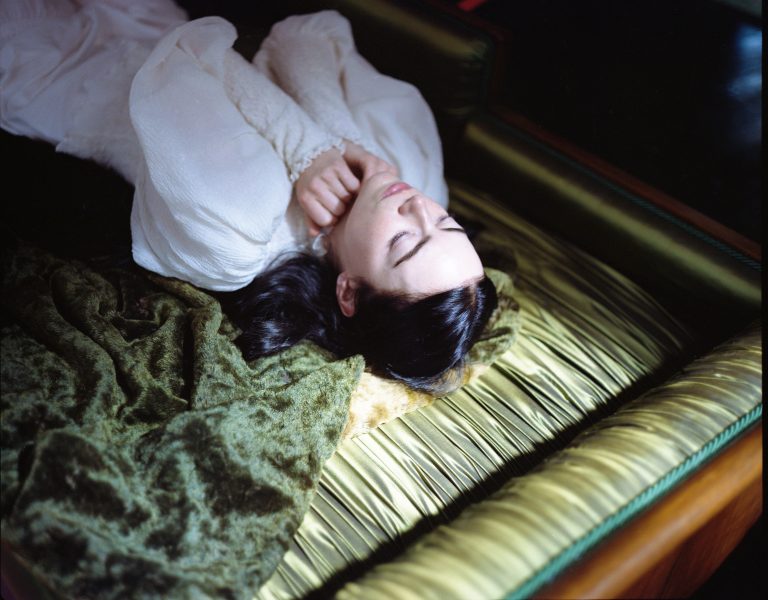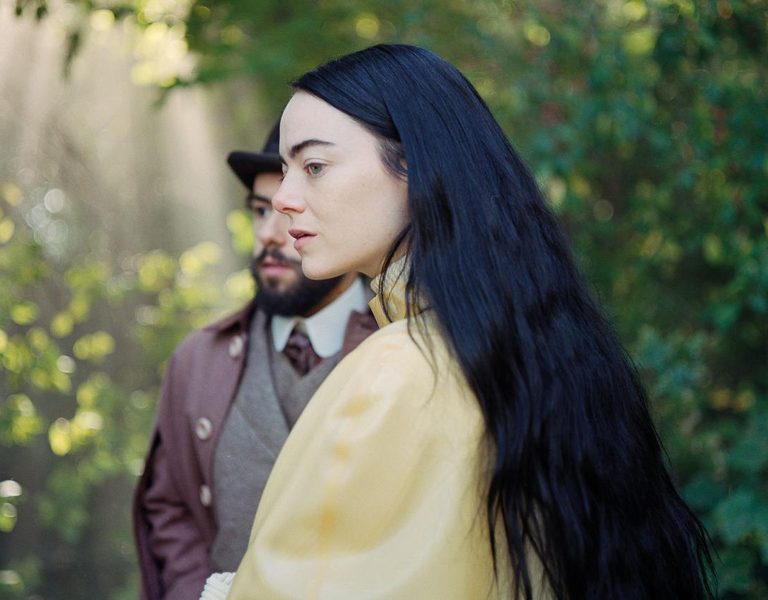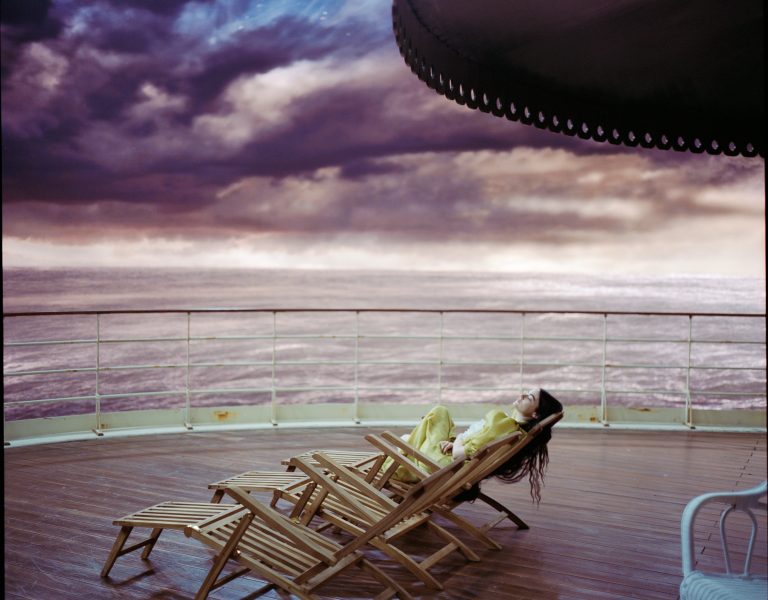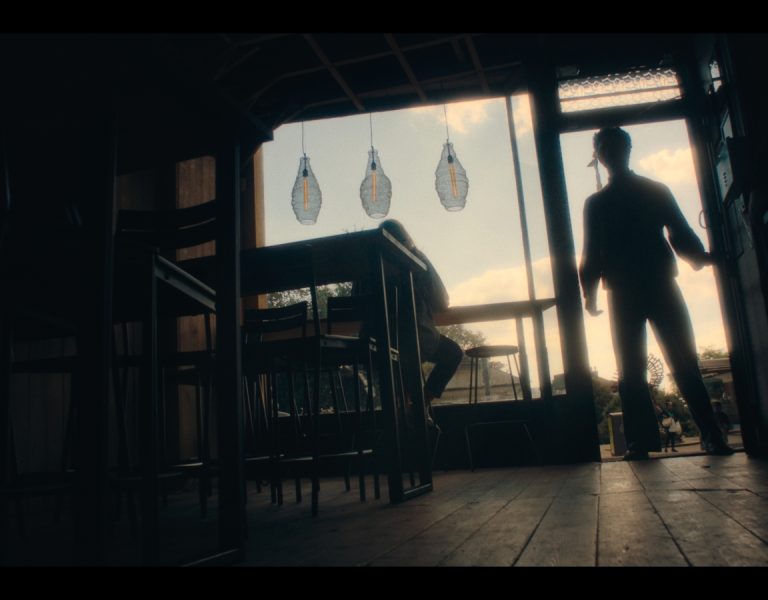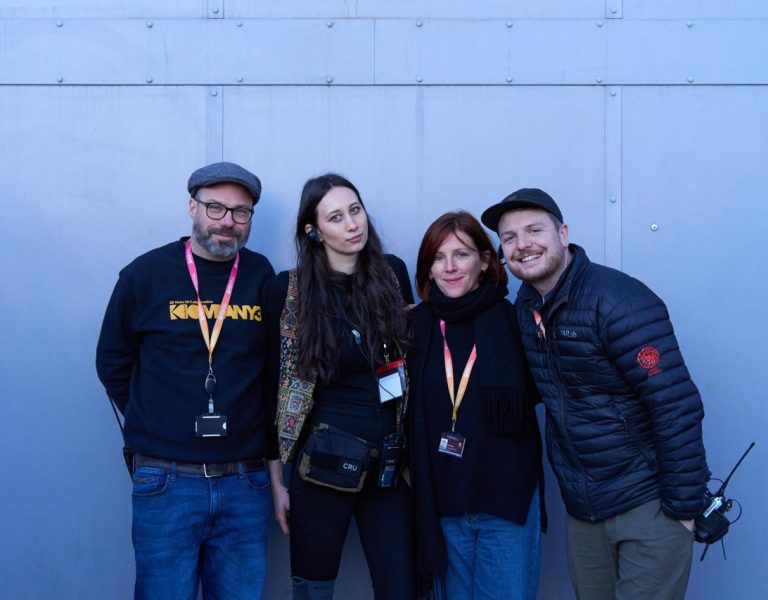STRONG LANGUAGE
How do you capture the story of a West Belfast-born hip-hop trio whose Irish imbued lyrics are as bombastic and outrageous as their origin story? Ryan Kernaghan ISC fills us in on how he shot Rich Peppiatt’s feature Kneecap: an energised retelling of the titular band’s rise to fame, starring the members themselves.
Kernaghan joined the project in the early stages of 2023, before Kneecap were signed to a label and were riding on the success of their 2018 debut album 3CAG – the creation of which is heavily featured in the film. “It seemed, on the face of things, a little curious to be making a film about an unsigned band. That definitely felt a little unusual. I didn’t really know what to expect from it. But as soon as I read the script, it was like being hit by a bolt of lightning.”
Comparing the music of Kneecap to a cataclysmic weather event is particularly apt given the rebellious and caustic nature of the trio’s lyrics, using a perfect storm of the Irish and English language to cover topics as fractious as republicanism, drug-use and anti-Brit sentiment. The comedic and impassioned way of delivering their lyrics ensures listening to the band is addictive and always requiring of a loud volume.
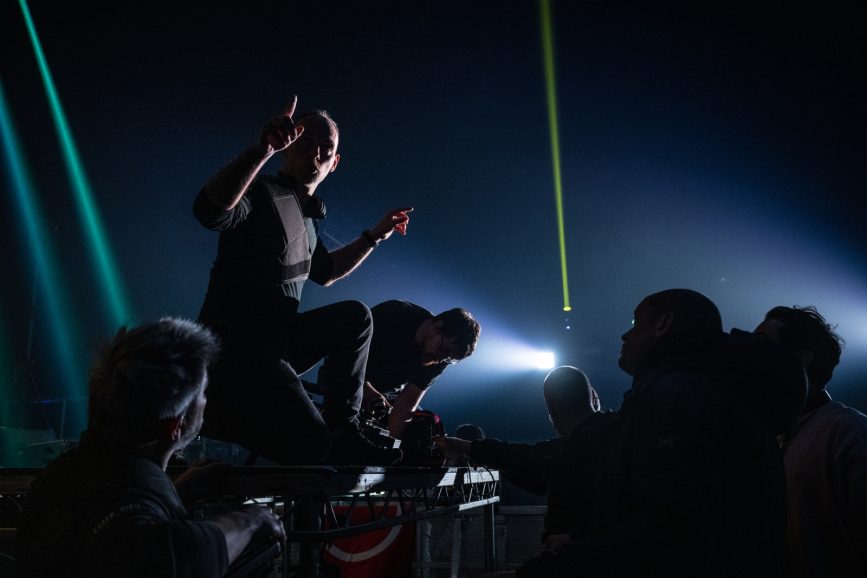
Kernaghan recalls: “Whenever I was reading the script and having the first conversations with Rich Peppiatt, I did a deep dive into the band. I went through the back catalogue and became really acquainted with it. So that was a lot of fun. I probably terrorised the neighbours a little bit. The volume always creeps up.”
Kneecap is always captivating to watch given the absurdity and chaos of some of the scenes, with elements of the band’s story being fictionalised to push the boat further, or actually ground the true story in more reality. “The blending of fact and fiction throughout the film is constant and that’s what kind of gives it its energy” Kernaghan digresses, “we didn’t want to have a pronounced distinction between fact and fiction and definitely didn’t want to drip feed the audience. We wanted everyone to be on this journey of craziness.”
The epitome of this craziness comes in the form of several drug-fuelled sequences, “the film has a lot of debauchery in it. We wanted to guard against representing those things in a lazy, unconsidered, vague kind of way, which happens a lot. That was something that Rich and I wanted to guard against.” Whether it’s the band playing in reverse, extreme close-ups of the nasal passage snorting cocaine, or even a stop motion interlude, Peppiatt and Kernaghan wanted to represent each altered state of consciousness in its own unique way.
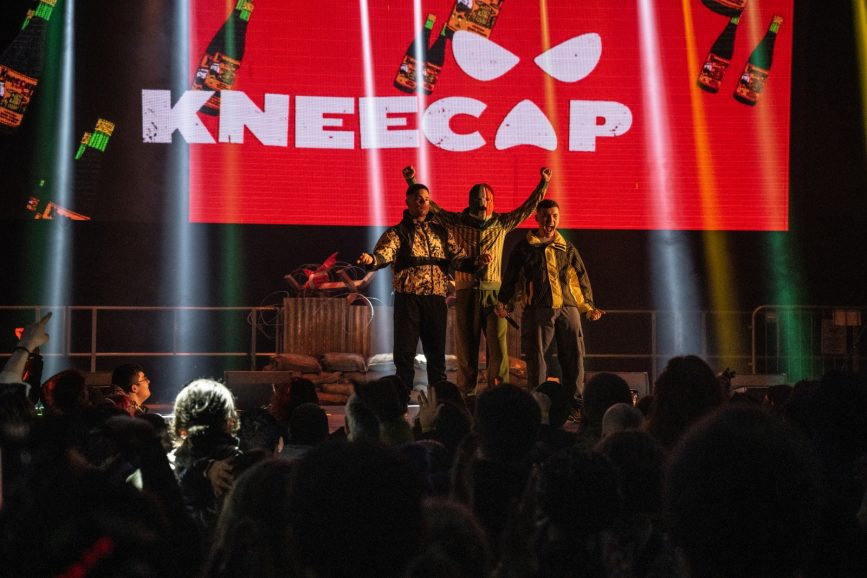
This dynamism is typical of the bombastic nature of the film and is perhaps why there is no surprise that the cinematographer points to Danny Boyle’s Trainspotting as a reference point for the film’s look, although the DP was keen to not imitate any inspiration too heavily: “what you want to do is to be able to absorb these references well ahead of time and have them settle in the sediment of your mind and re-emerge in a new way”. To transplant the look on to the big screen, Kernaghan turned to the Sony VENICE 2 and Cooke Anamorphic/i 2x lenses.
It was the first time using the Sony VENICE 2 for Kernaghan, citing: “it was a wonderful camera to use. The dual ISO function was an absolute godsend because we did find ourselves with a lot of night exteriors and with a load of high-speed work with anamorphics. The ability to jump to a higher base ISO was brilliant, it made all the very technically challenging stuff that we had to shoot much more achievable.”
The Cooke lenses were used to great effect as Kernaghan recalls, “the distortions and imperfections of the lens lent themselves to the world we trying to create. The spherical lenses we looked at just felt a little too close to reality.” A spectacular example of this abstraction of reality is in full effect in one of Kneecap’s most pivotal scenes. Michael Fassbender (as band-member Móglaí Bap’s enigmatic father) appears hauntingly amongst one of the band’s biggest crowds at The Telegraph.
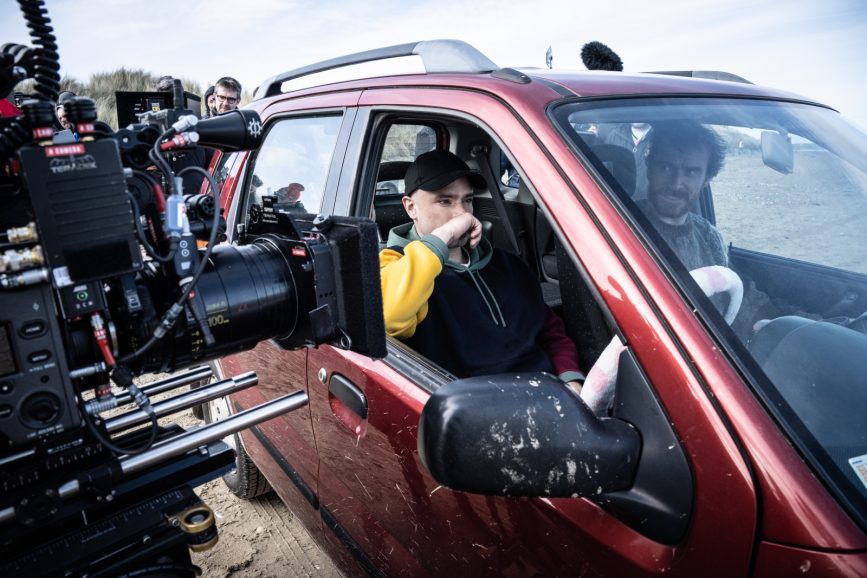
“The Telegraph building is the biggest show that the band performs at in the film, and it was quite an extensive lighting plan that we required for that space. That’s the real-life venue we filmed in with the full lighting apparatus that they have in that space, with a little bit of supplementation from us too. In the back area of the auditorium, where the audience are filing in from outside, we had rigged a series of Astera Titan Tubes to give that space a murky, monochromatic deep blue feeling. Fassbender’s character leads us into that space where the audience see the band in full flow for the first time on a big stage to a sold-out crowd. When Móglaí Bap sees his dad in the crowd he sees him as this strange apparition. We achieved this effect by utilising the in-house lighting in conjunction with our own strobe lighting to heighten this indistinct, fractured feel.”
This level of detail is echoed throughout Kneecap to produce a truly buoyant and joyous piece of cinema. A feeling reflected by Ryan Kernaghan ISC: “at the end of most days it felt like we were living a charmed life and achieving the impossible. Certainly, at the end of the shoot, there was a huge feeling of achievement in that we’d created something special and that is something that doesn’t always happen.”
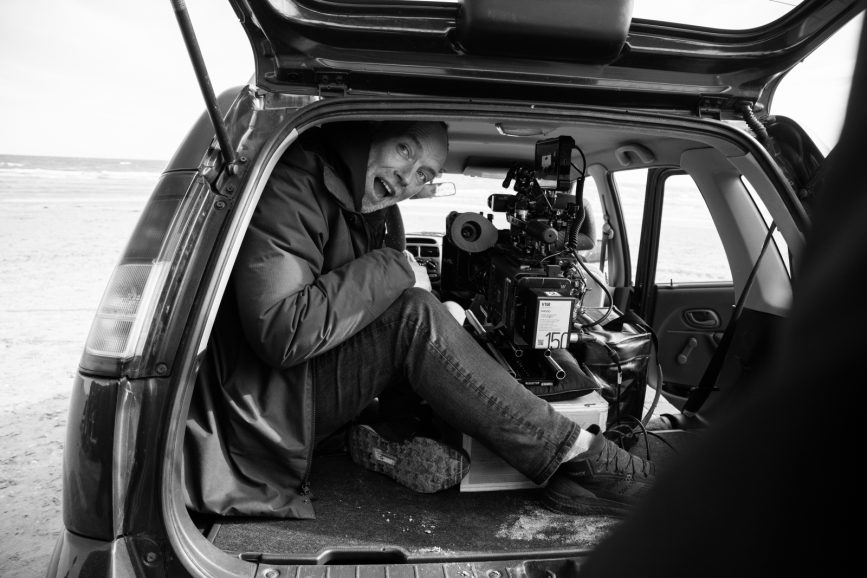
Kneecap is released in UK cinemas this Friday (23rd August).




